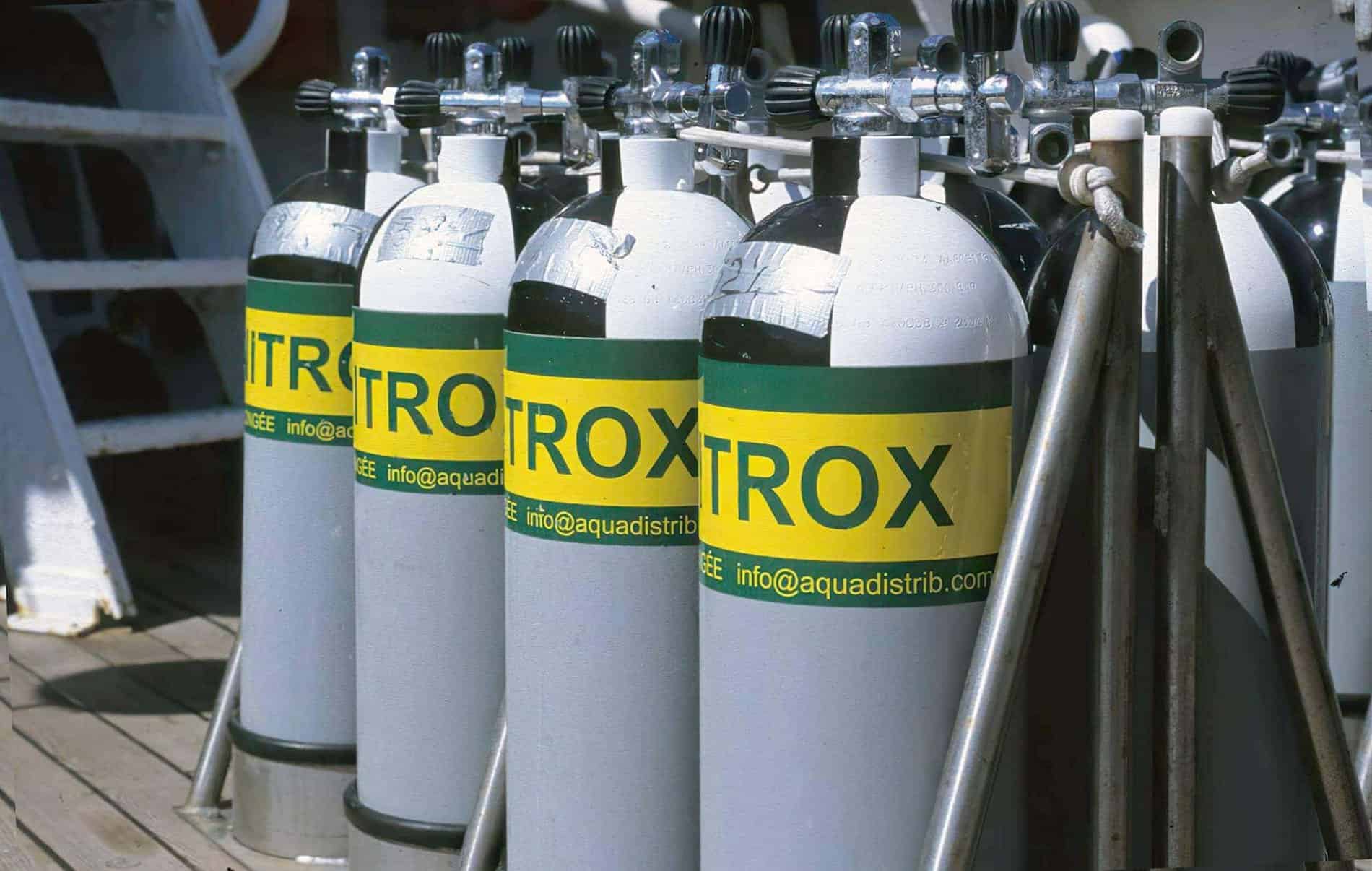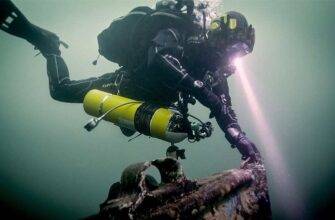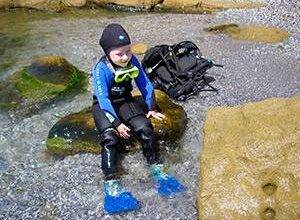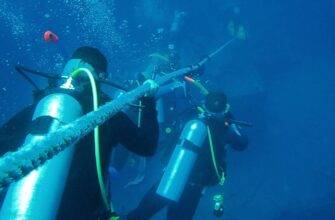
NITROX is a generalized name for all mixtures of nitrogen and oxygen. Hence the name – NITROX, derived from the two English words: nitrogen and oxygen.
NITROX mixtures, as you have probably already noticed, consist of the same gases as ordinary atmospheric air. So we call air a very specific mixture of nitrogen and oxygen (79% – N2 and 21% – O2), and it is just one particular case of NAITROX.
Congratulations to those for whom this is news – you are already breathing NAITROX!
In this course, we will be looking at NITROX mixtures with higher oxygen content (21% to 40%). Simply put, it is oxygen-enriched air with a correspondingly lower nitrogen content.
EANx (Enriched Air Nitrox) is the abbreviation for the oxygen-enriched air mixture and the percentage of oxygen in it is indicated after the letter “ex” at the end of the abbreviation. For example: One of the most common EANx mixtures contains 32% oxygen and is designated EANx32, another contains36% oxygen and is designated EANx36.
If the oxygen is 32% in a NYTROX mixture, then the nitrogen naturally takes up the remaining 68%. When you see the tag “EANx36” on the cylinder, what do you think is the percentage of nitrogen in the mixture? If you think 64%, you’re right.
Because oxygen-enriched NITROX contains less nitrogen than air, its harmful effects on the body are significantly reduced. That is, using NIGHTROX mixtures you will be able to stay underwater much longer, significantly reduce decompression stops and intervals between dives, as well as significantly reduce the risk of diseases and pathological conditions associated with excessive nitrogen in the body (nitrogen narcosis, bends, interstitial bubble formation, fatigue and sleepiness after diving).
These benefits are obvious. But NITROX mixtures, besides the reduced nitrogen content, have a correspondingly increased amount of oxygen, which, naturally, also affects our body. Therefore they also require strict adherence to the rules of their introducing its restrictions.
Read More:




